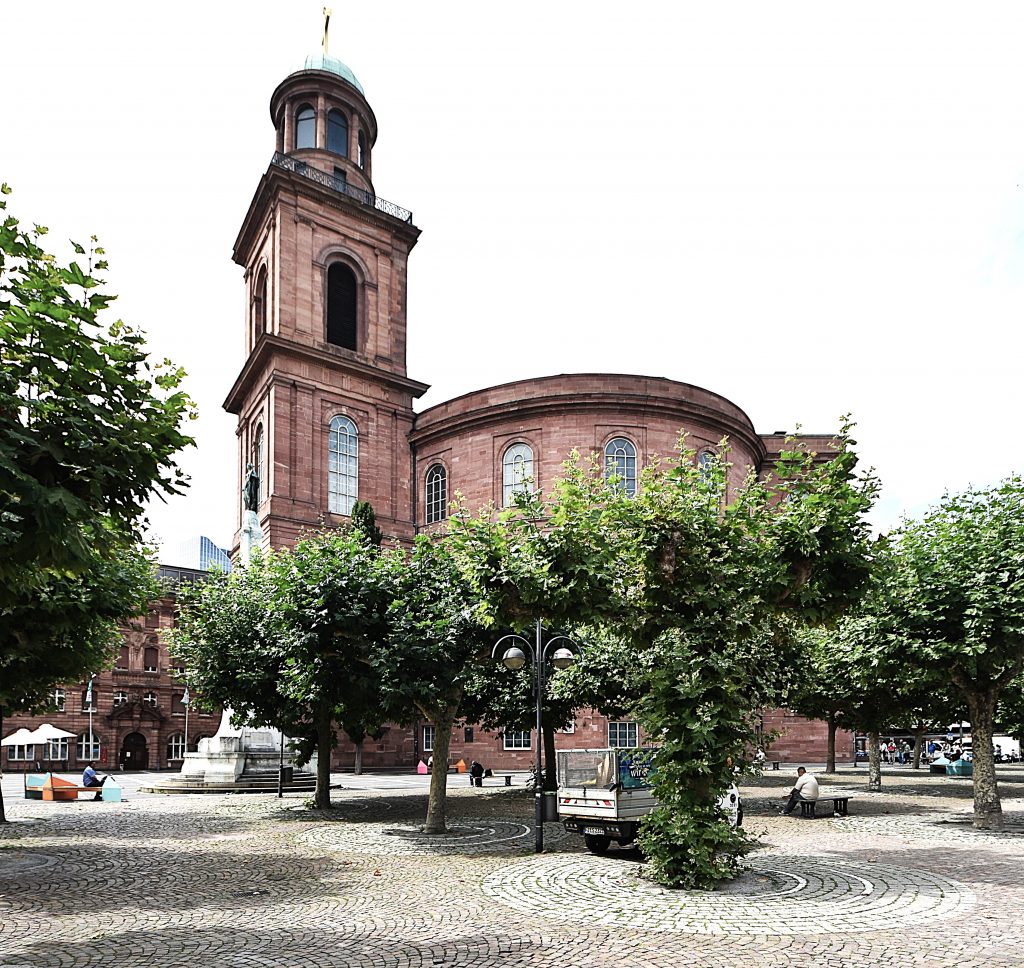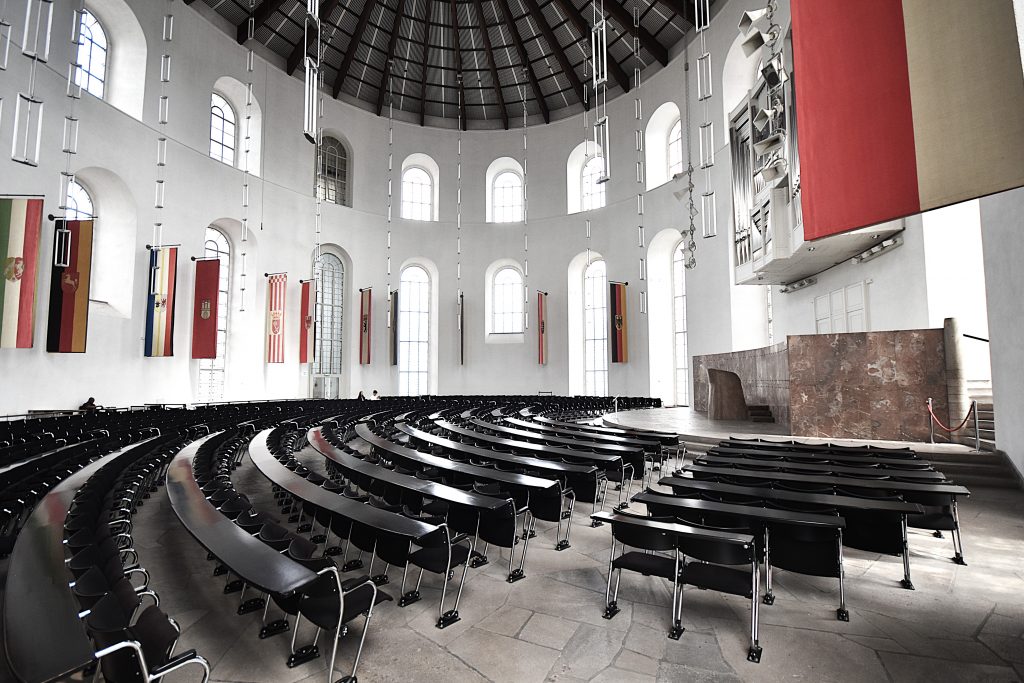
In 1848, (only the men!) Germans elected a national assembly to meet in Frankfurt. Before that assembly even came together, many parts of the country had already seen uprisings and revolutions. People were calling for a united Germany where everyone could live in freedom—basically, they were demanding the kind of Germany that exists today.
So the elected members gathered in Frankfurt’s Paulskirche to lay down the rules for this new Germany. The church’s round shape made it possible for everyone to see and hear each other—a perfect setup for debating what would later be called the Paulskirche Constitution. It was the first legal document in German history to guarantee basic human rights that seem obvious now: freedom of speech, freedom of the press, freedom of religion, equality before the law, protection of personal liberty, and the right to own property.
Sure, that bill of rights was never fully put into action. What followed were two world wars—both started by Germany—and the Shoah. But still, the Paulskirche Constitution ended up being the blueprint (sometimes even word for word) for today’s highly successful German constitution.
So when I sat down in the assembly hall today, I couldn’t help but get goosebumps. The architecture is from the post-war reconstruction—the church had been bombed and destroyed during the war, then rebuilt by 1948. But even though it’s a reconstruction, the place still carries a strong sense of history. This is where freedom in Germany got its start.

Leave a Reply